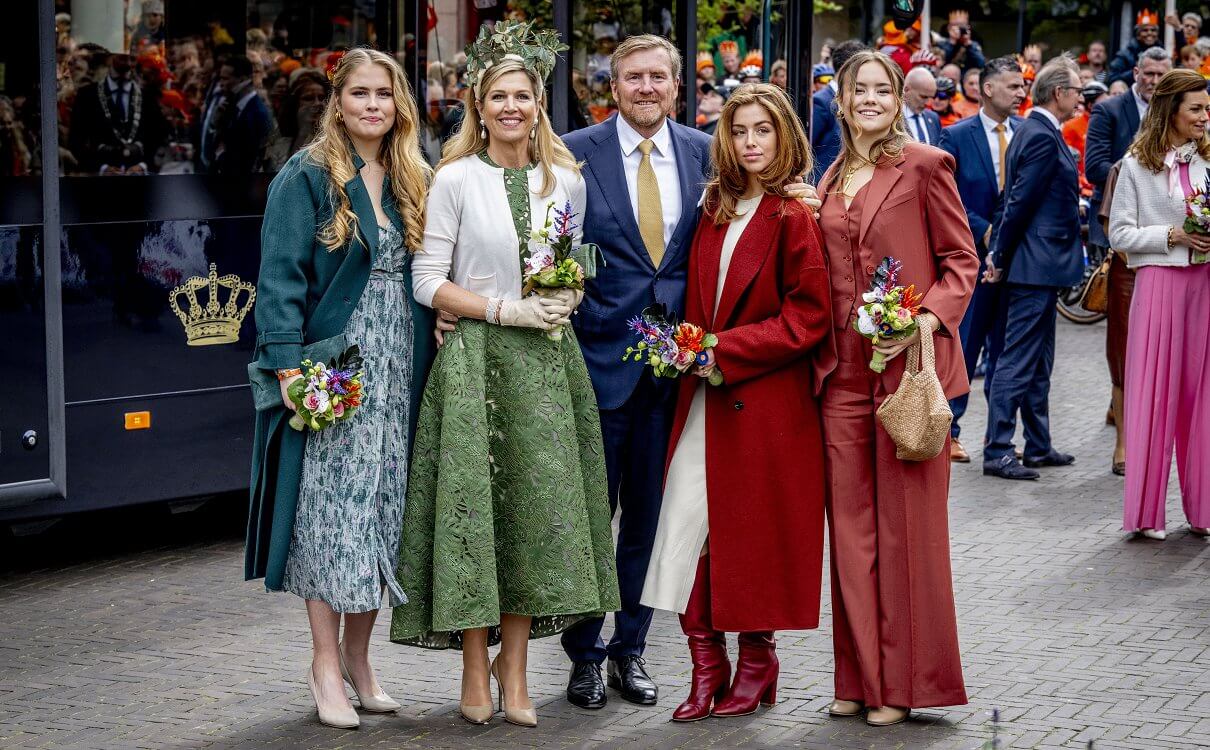The Dutch Royal Family, known for its deep historical roots and its modern approach to monarchy, stands as a testament to the evolution of imperial grace in the Netherlands. This family, which has its origins in the Dutch Republic, has navigated the complexities of governance, societal change, and the shifting sands of public opinion with a grace that has endeared them to the Dutch people and the world at large. The evolution of the Dutch Royal Family is not just a story of lineage and succession; it is a narrative of adaptation, resilience, and the enduring spirit of a nation.
Origins and Establishment
The story of the Dutch Royal Family begins in the 16th century with the Dutch Revolt against Spanish rule, which led to the establishment of the Dutch Republic. However, it was not until the 19th century that the monarchy as we know it today was established. In 1815, after the Napoleonic Wars, the Congress of Vienna recognized the Netherlands as a kingdom, and William I of the House of Orange-Nassau became its first king. This marked the beginning of the Dutch Royal Family in its modern form.
Adaptation and Modernization
Over the centuries, the Dutch Royal Family has demonstrated a remarkable ability to adapt to changing times. From the industrial revolution to the digital age, the family has remained a constant presence, evolving its role to meet the needs of the Dutch people. This adaptability is perhaps best exemplified by the reign of Queen Wilhelmina, who led the Netherlands through World War II. Her steadfast leadership and commitment to her people during the German occupation and the subsequent liberation earned her immense respect and affection.
The tradition of strong, compassionate leadership continued with Queen Juliana, who ascended to the throne in 1948. Her reign was marked by a focus on social welfare and the environment, themes that remain central to the Dutch Royal Family’s public engagements and philanthropic efforts.
A Modern Monarchy
Today, the Dutch Royal Family is led by King Willem-Alexander, who ascended to the throne in 2013. His reign represents a new chapter in the evolution of the Dutch monarchy, characterized by a focus on sustainability, innovation, and inclusivity. Under his leadership, the royal family has embraced modernity, engaging with the Dutch public through social media and participating in initiatives that promote social cohesion and environmental stewardship.
The royal family’s commitment to these causes is not just symbolic; it reflects a deep-seated belief in the importance of public service and the role of the monarchy in fostering a sense of national identity and purpose. This commitment is also evident in the work of Princess Máxima, the King’s wife, who has championed financial inclusion and education, drawing on her background in economics to make a tangible difference in the lives of ordinary Dutch citizens.
The Future of Imperial Grace
As the Dutch Royal Family looks to the future, it faces the challenge of maintaining its relevance in an increasingly globalized and interconnected world. The next generation of royals, including Princess Catharina-Amalia, the heir apparent, will play a crucial role in shaping the family’s legacy. Their ability to blend tradition with innovation, and to engage with the Dutch people in meaningful ways, will be key to the family’s continued evolution.
In conclusion, the Dutch Royal Family’s journey from its origins in the Dutch Republic to its status as a modern monarchy is a story of imperial grace in action. Through adaptation, resilience, and a commitment to public service, the family has remained a beloved institution in the Netherlands. As it continues to evolve, the Dutch Royal Family stands as a symbol of the enduring values of leadership, compassion, and innovation.
